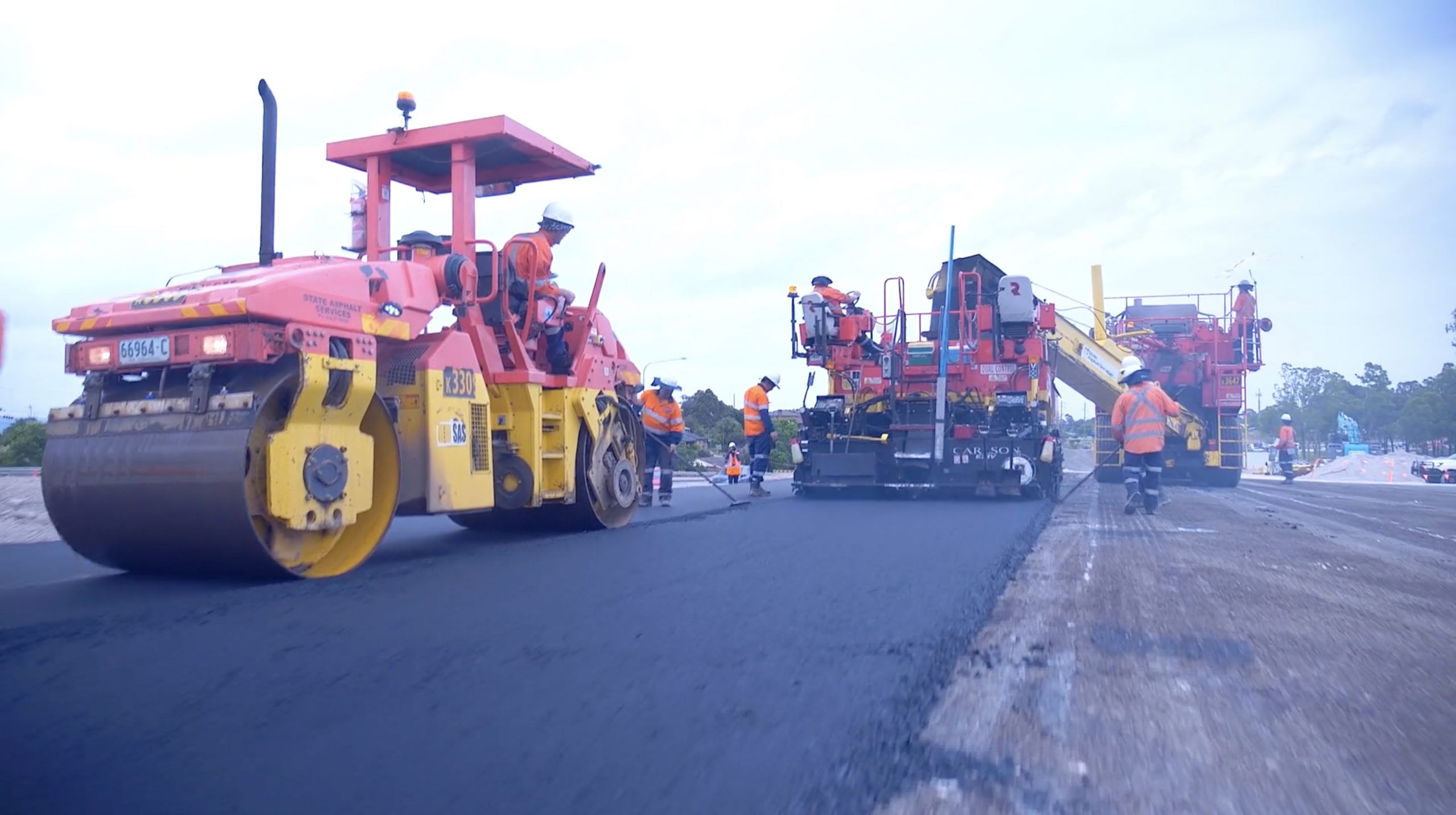Designed and built as a set of structural elements to support the everyday operation of communities, infrastructure—roads, rail lines, electricity lines, water delivery systems, airports—makes up the scaffold for our day-to-day life. Infrastructure sustainability (or IS) is concerned with all these types of infrastructure, including but not limited to social facilities, ports, airports, telecommunications, waste management, water distribution, and other utilities. It refers to the capabilities to design, construct and operate infrastructure in ways that help maintain non-renewable resources, minimise pollution, and utilise renewable/recycle/reusable resources, so as to guarantee that the infrastructure can continue to function indefinitely.
In a restless time of threatening climate change, pollution, and resource depletion, it is now more imperative than ever to reinforce the standards in civil engineering and construction regarding infrastructure sustainability. The first step is for organisations to fully understand the benchmarks that are standard in Australia and other parts of the world, to then be able to implement them appropriately and with optimal efficiency.
How is infrastructure sustainability evaluated in Australia?
In Australia, the official organisation for IS was founded in 2007, under the name Australian Green Infrastructure Council (AGIC), as a result of a collaboration by 19 industry organisations. In 2012, it evolved into the Infrastructure Sustainability Council of Australia (ISCA).
Developed by ISCA, the IS Rating Scheme have become the only standard set of benchmarks for sustainable infrastructure planning, design, construction and operation in Australia and New Zealand. The system aims to evaluate the sustainability performance of the quadruple bottom line of infrastructure development: Governance, Economic, Environmental, and Social). Such a comprehensive approach has proven to be effective in fostering continuous maintenance and improvement of IS across multiple sectors, especially in public transport and other civil constructions.
In September 2017, based on the IS rating tool v1.2, ISCA launched the IS International Rating tool and the IS Operations tool. A credit-based, flexible rating framework, it is applicable to both developed and developing countries. Its development was in alignment with the UN Sustainable Development Goals. Currently, the system is only used in Australia and New Zealand.
(The details of the IS Rating Scheme can be found on ISCA’s official website here.)
What are the other systems currently used in the rest of the world?
Outside of Australia, another commonly used system in IS evaluation is BREEAM (Building Research Establishment Environmental Assessment Method). First published in 1990 by the BRE Group (Building Research Establishment) in the UK, it is now one of the world’s leading IS method for masterplanning projects, infrastructure, and buildings. BREEAM covers the entire lifecycle of all built environments (buildings, roads, ports etc.), from new construction to in-use and refurbishment. Its specialty lies in that it places the wellbeing of inhabitants of built environments at the centre, while helping to presere natural resources and improve properties’ value. BREEAM has been used extensively in 83 countries, to register over 2 million buildings and award over 500,000 certificates.
Also developed by the BRE Group, CEEQUAL (Civil Engineering Environmental Quality Assessment and Award Scheme) is an evidence-based IS assessment, rating, and award scheme for civil engineering, landscaping, infrastructure, and public projects. Coupled with BREEAM, it has become influential in shaping the IS agenda for a vast range of infrastructure projects.
Why infrastructure sustainability? Why now?
The current Australia’s population of 25 million is projected to rise to 42.5 million by 2056 and to 62.2 million by 2101. This means that is is most likely impossible for the country and in particular the construction and civil engineering industry to rely solely on our depleting reservoir of non-renewable energy and other non-renewable resources.
To support such growth in the size of Australian communities, sustainability is one of the most effective aspects when constructing public infrastructure. Widely implemented, infrastructure sustainability will assist us in optimising our long-term environmental, social and economic outcomes. At the moment, many companies in the sector—the Kypreos Group included—have already integrated multiple innovations in sustainable construction into our processes. For example, in the past two years, several roads in the ACT, Victoria, and NSW have been paved with environmentally friendly asphalt containing tonnes of recycled glass bottles and plastic bags. This usage of recycled asphalt products contributes greatly to lowering carbon footprint.
Above all, the key is to improve organisations and individuals in the industry and the general public’s awareness of infrastructure sustainability, for its to truly create strong impact across all construction and engineering sectors.
——–
The Kypreos Group take Infrastructure Sustainability seriously. We are conscious about not only delivering quality jobs for our clients but also performing our social and environmental responsibilities throughout the process. We are constantly improving our products and production methods to improve safety, eco-friendliness, and environmental sustainability. To see our innovations in sustainable construction, visit our website.


